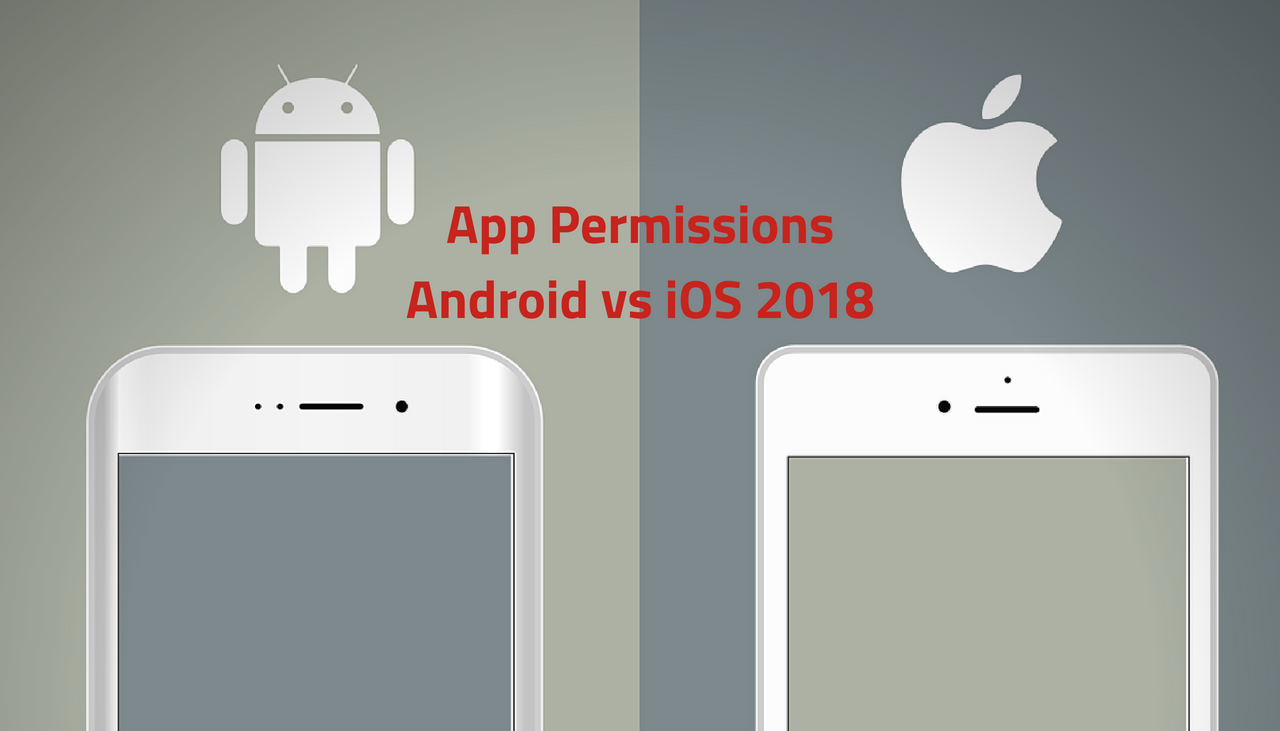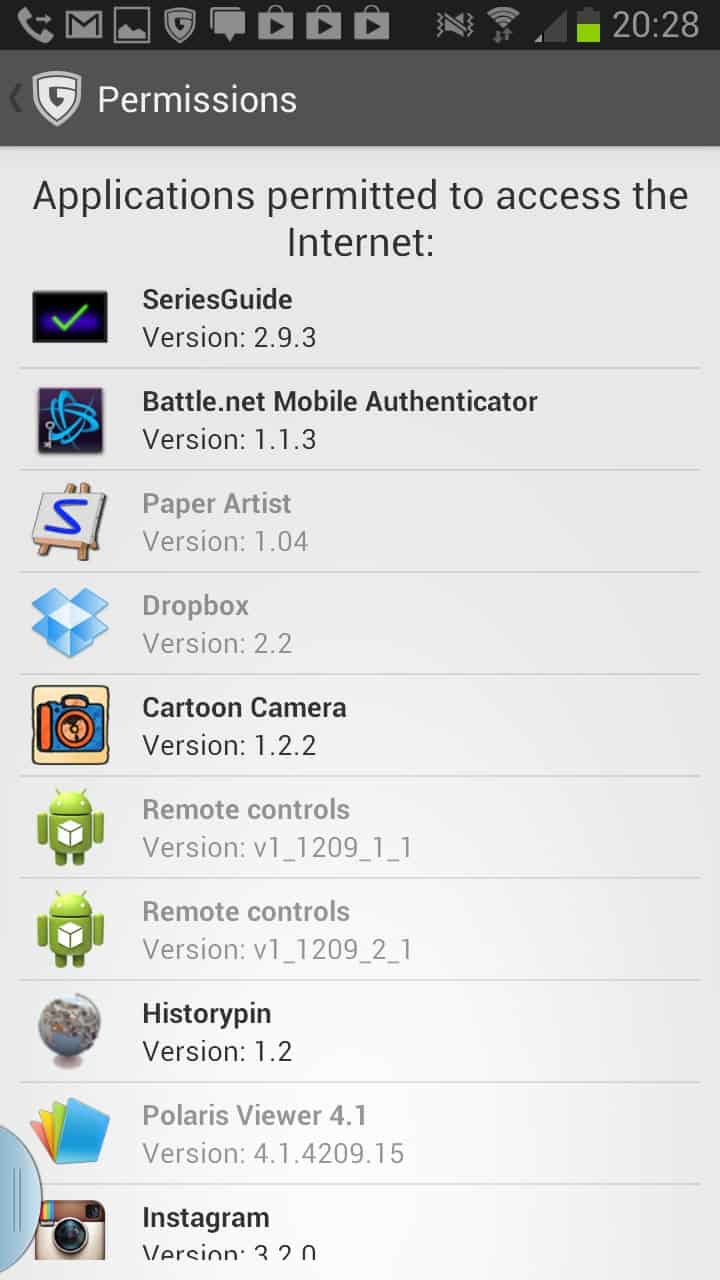

- #Android app wrapper block permissions install#
- #Android app wrapper block permissions update#
- #Android app wrapper block permissions full#
- #Android app wrapper block permissions for android#
- #Android app wrapper block permissions android#
#Android app wrapper block permissions android#
In Android Marshmallow, app updates can add new sub-permissions in a category without asking your permission. On the App info screen, look at the Permissions category that contains all the permissions that the app has access to. Tap any of the apps to view more information.
#Android app wrapper block permissions for android#
What does this mean? Apps specifically made for Android 6.0 will now ask you for a permission whenever it is needed.įor example, an app that enables you to take photos while using it will prompt you with a pop-up asking you for access to your phone’s camera.
#Android app wrapper block permissions install#
Now, when you install an app, Google Play Store will inform you that it’s up to you to decide on each and every permission. In the latest version of Android – Android 6.0 Marshmallow – a new permission system was introduced. The problem now is that app updates can add permissions in a group without asking the user’s permissions as they did in the past. Back then, you were prompted to click Accept on the new permission, and any app could suffer from adding new permissions.Īt some point, Google decided to group similar permissions so that permission listings could become shorter.
#Android app wrapper block permissions update#
According to your choice, the app could update automatically. In the past of Android, every permission was displayed separately. In older versions such as KitKat and Lollipop, you don’t have much choice rather than accepting all permissions, or declining them and not installing the app. So, can we? Android App Permissions: KitKat, Lollipop, MarshmallowĪndroid app permissions change whenever a new version of the operating system is released.

Shortly said, things would be much better if we could control permissions.

Here we get to the first paradox – apps such as Facebook Messenger are often the ones with the most intrusive permissions. Why would a dictionary app want to access your contacts? This would be the perfect illustration of an app overstepping its rights (and permissions). However, when certain permissions are visibly not related to the app’s functionalities, then you should be concerned and should think twice before installing the app. In many cases, an app wouldn’t work properly if it didn’t demand permissions from the device. In other words, giving app permissions is not necessarily a bad thing. If you want to know the permissions of an app you’re planning to install, locate it on Google Play Store and click Permission Details.Įven though permissions may look kind of scary, they’re not always evil and in most cases they help your device stay protected against suspicious apps. Modify or delete the contents of your SD card Precise location (GPS and network-based) For example, Shazam has the following permissions and can access the following on our phones: If you want to know what exact permissions your apps have acquired, go to your phone’s Settings, then Apps, click on the app’s name and scroll down a bit to have a look at the permissions.
#Android app wrapper block permissions full#
As you already know, smartphones are full of (our) personally identifiable information (PII), and it’s not okay for apps to use our PII without asking permission first. Why Are App Permissions Important? And why you shouldn’t treat app permissions like you treat EULAsĪpp permissions are privileges that applications demand when they want to access sensitive information on your device. Google Play Store is not impeccable when it comes to screening apps. Users that download and use various apps from Google Play Store should pay close attention. This makes Android the most widely used mobile operating system, and Android users – the most likely ones of becoming victims of some form of fraud or malware. Apple’s iOS is second with 32.28%, and Windows Phone is third with less than 3%. Why Android?Īccording to statistics by Net Market Share as of February 2016, Android has the biggest market share with almost 60%. In this article, we will provide useful information about app permissions in Android. Here’s Why Every Day Should Be Data Privacy Day Needless to say, the lack of attention only enhances the likeliness of abusive behavior on behalf of developers, advertisers and even legal entities. We may not spend too much time thinking about the safety of the information we share (or the information we permit access to), but we spend enough time on our smartphones to be exposed to various perils. However, the extensive use of smartphones has raised a red flag in terms of both privacy and security. Smartphones connect us with each other in various interactive ways, and help us get hold of information instantly. Owning and using a smartphone is one of the perks of living in the 21st century.


 0 kommentar(er)
0 kommentar(er)
